UNEP and the 17 Sustainable Development Goals: Earth’s Blueprint for a Greener Future
UNEP…The United Nations Environment Programme
SDGs…Sustainable Development Goals and the
Addis Ababa Action Agenda (AAAA) of 2015 (Ethiopia)
In 2015, the United Nations adopted the 2030 Agenda for Sustainable Development, a visionary framework built around 17 Sustainable Development Goals (SDGs). These goals represent a global call to action to end poverty, protect the planet, and ensure prosperity for all. While each goal addresses a unique challenge, they are deeply interconnected—especially when it comes to the environment.
At the heart of this effort is the United Nations Environment Programme (UNEP), the leading global authority on environmental issues. UNEP plays a critical role in supporting countries to achieve the SDGs by providing scientific guidance, building capacity, and fostering partnerships. Let’s explore how UNEP contributes to each of the 17 goals and why its work is essential to a sustainable future.
Goal 1: No Poverty
Environmental degradation disproportionately affects the poor. UNEP works to reduce poverty by promoting sustainable livelihoods, especially in rural and vulnerable communities. Through ecosystem restoration and green job creation, UNEP helps lift people out of poverty while protecting natural resources.
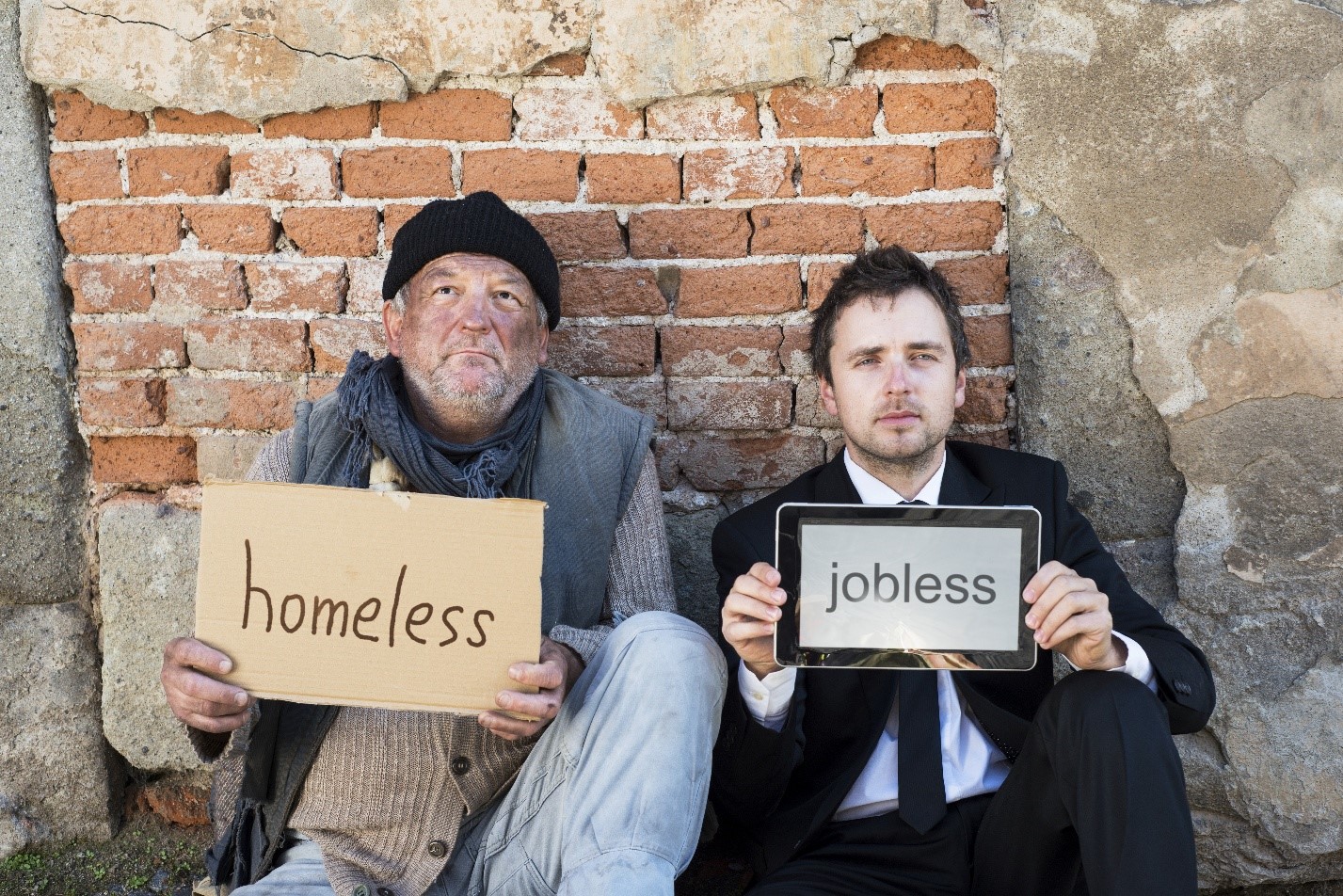
Goal 2: Zero Hunger
UNEP supports sustainable agriculture by encouraging practices that preserve soil health, reduce chemical use, and conserve water. It also promotes agroecology and biodiversity, helping farmers adapt to climate change and improve food security.
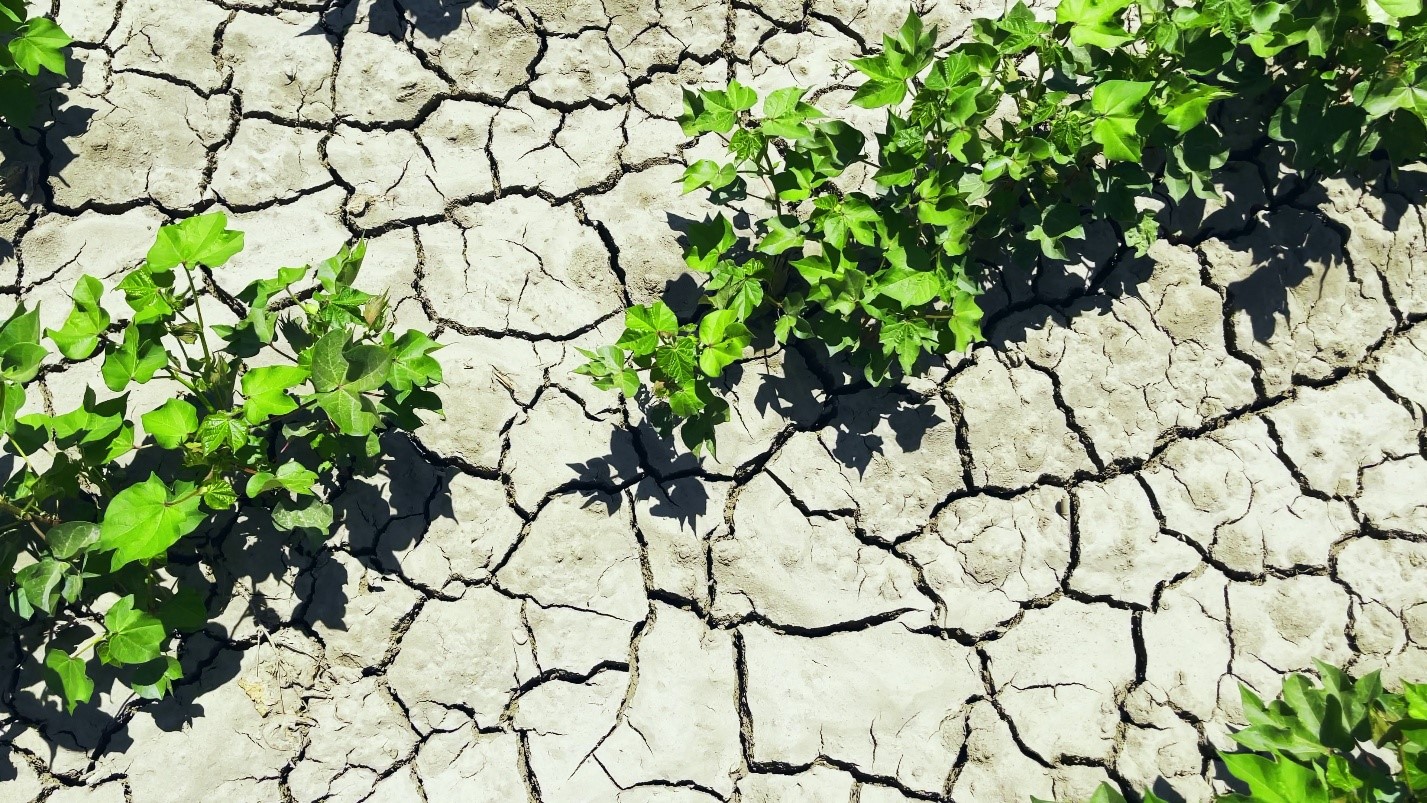
Goal 3: Good Health and Well-being
Pollution, unsafe water, and climate change pose serious health risks. UNEP addresses these threats by reducing air and water pollution, managing hazardous waste, and supporting the One Health approach—a collaborative effort to improve health outcomes for people, animals, and ecosystems.

Goal 4: Quality Education
UNEP promotes environmental education through initiatives like the Youth and Education Alliance, which integrates sustainability into curricula worldwide. By empowering young people with knowledge and skills, UNEP fosters a generation of environmental stewards.
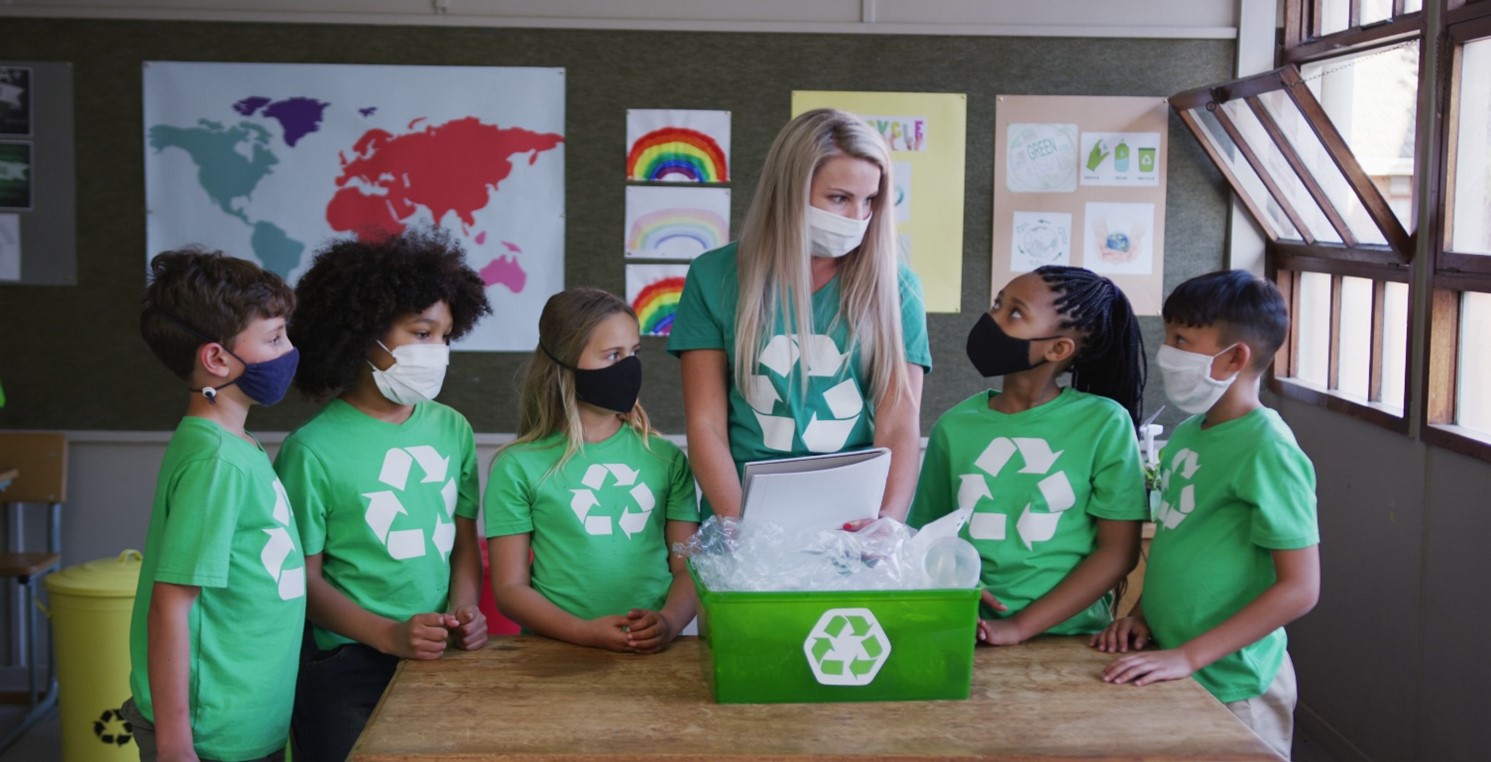
Goal 5: Gender Equality
Environmental challenges affect women and men differently. UNEP advocates for gender-responsive policies and supports women’s leadership in climate action, natural resource management, and green entrepreneurship.

Goal 6: Clean Water and Sanitation
UNEP helps countries improve water quality by monitoring pollutants, restoring freshwater ecosystems, and promoting sustainable water management. Its work is vital in regions facing water scarcity and contamination.

Goal 7: Affordable and Clean Energy
Transitioning to renewable energy is key to reducing emissions. UNEP supports clean energy projects, promotes energy efficiency, and helps countries develop policies that accelerate the shift away from fossil fuels.

Goal 8: Decent Work and Economic Growth
UNEP champions the green economy, which creates jobs while preserving the environment. From ecotourism to renewable energy, UNEP helps countries tap into sustainable industries that drive inclusive growth.

Goal 9: Industry, Innovation, and Infrastructure
UNEP fosters eco-innovation by supporting green technologies and sustainable infrastructure. It encourages industries to adopt cleaner production methods and helps governments invest in resilient, low-carbon systems.
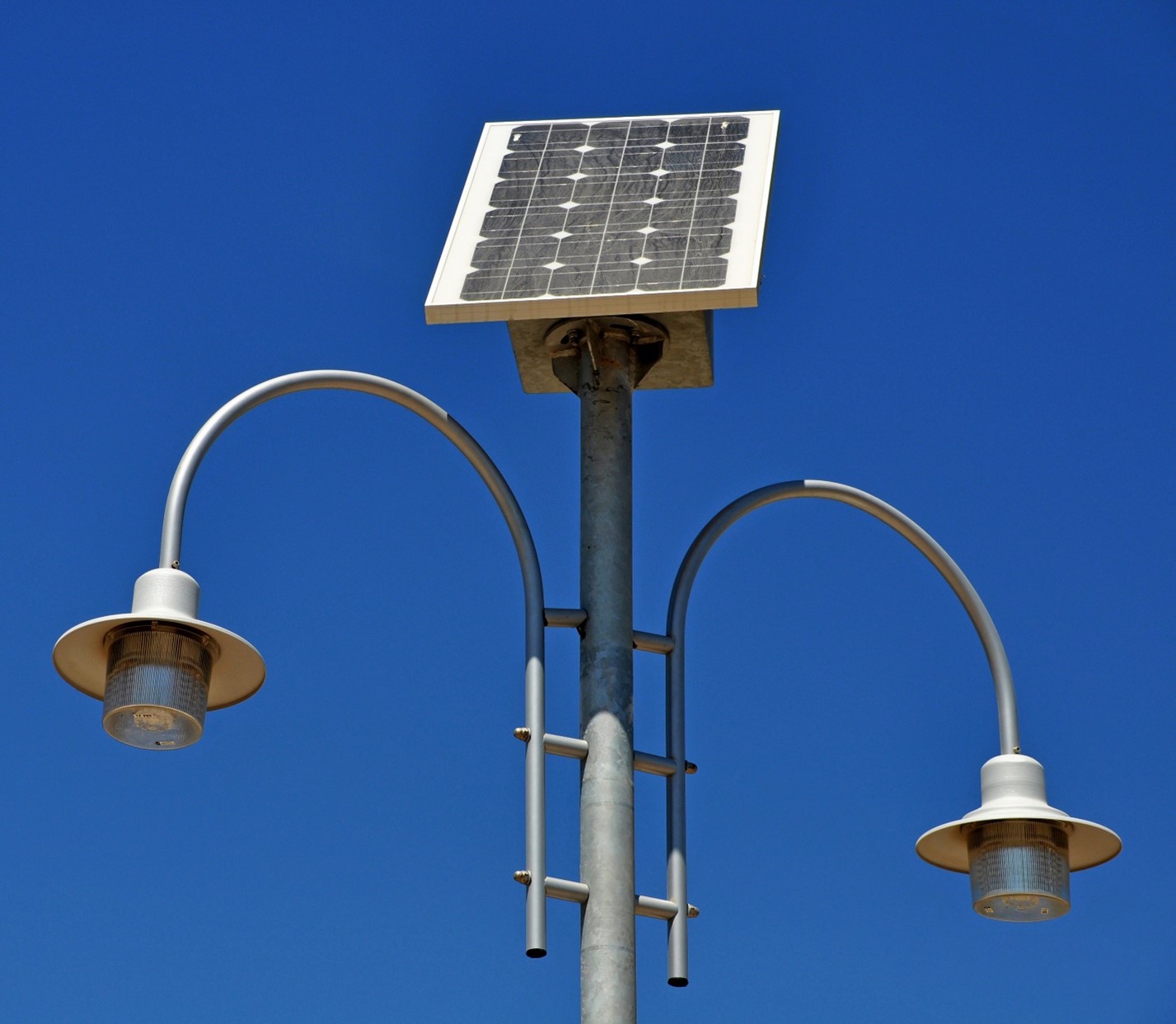
Goal 10: Reduced Inequalities
Environmental justice is central to UNEP’s mission. It works to ensure that marginalized communities have access to clean air, water, and land, and that they are included in decision-making processes.

Goal 11: Sustainable Cities and Communities
Urban areas face mounting environmental pressures. UNEP promotes sustainable urban planning, green buildings, and efficient transport systems. It also helps cities adapt to climate risks and reduce their ecological footprint.

Goal 12: Responsible Consumption and Production
UNEP leads global efforts to promote sustainable consumption and production. Through initiatives like the Circular Economy and Life Cycle Assessment, it helps businesses and consumers reduce waste and make environmentally conscious choices.

Goal 13: Climate Action
UNEP is a key player in the fight against climate change. It provides scientific assessments, supports national climate strategies, and facilitates international cooperation. Its flagship Emissions Gap Report guides policymakers on how to close the gap between current pledges and the Paris Agreement targets.
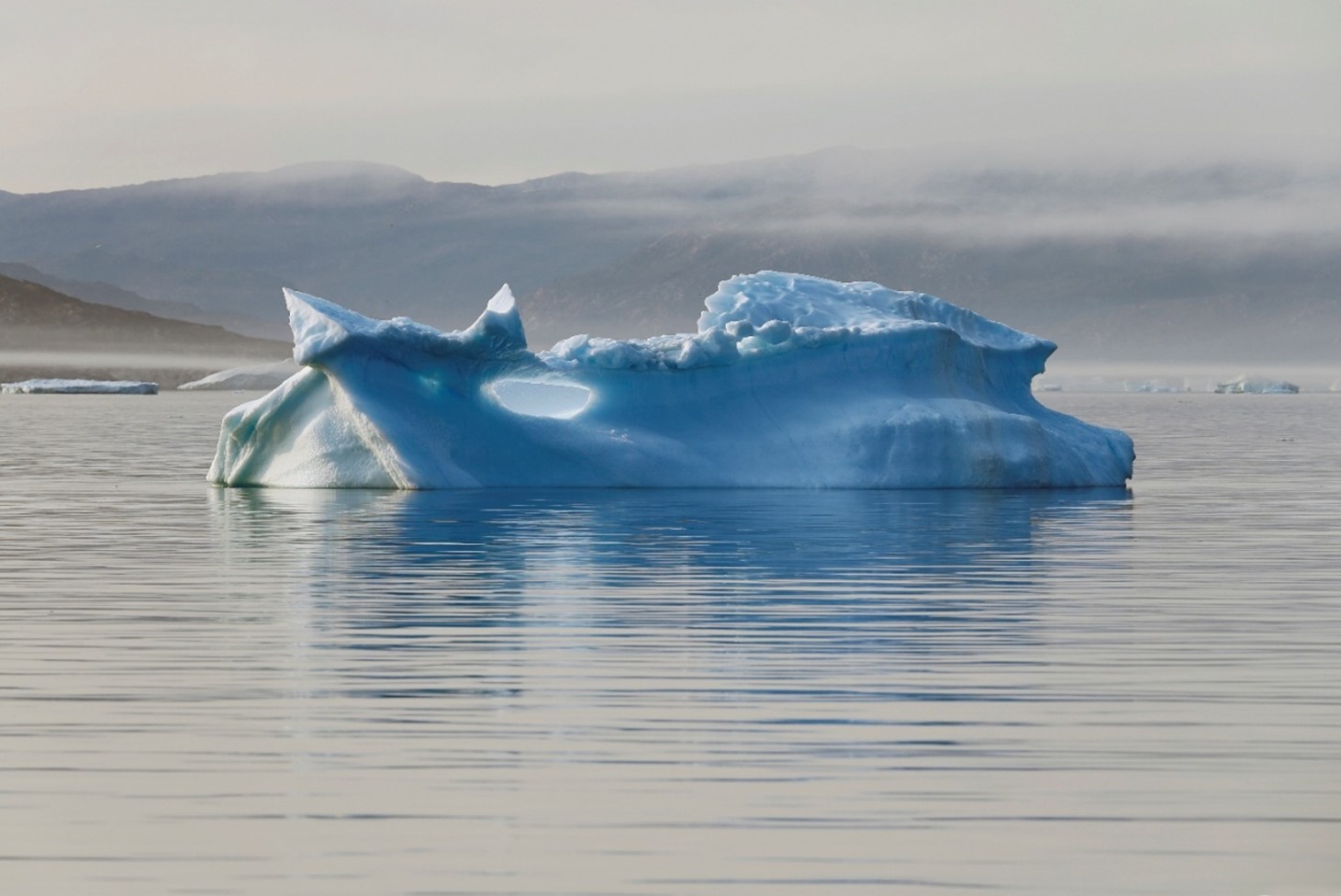
Goal 14: Life Below Water
Oceans are under threat from pollution, overfishing, and climate change. UNEP works to protect marine ecosystems through initiatives like the Clean Seas Campaign, which combats plastic pollution, and supports sustainable fisheries and marine conservation.
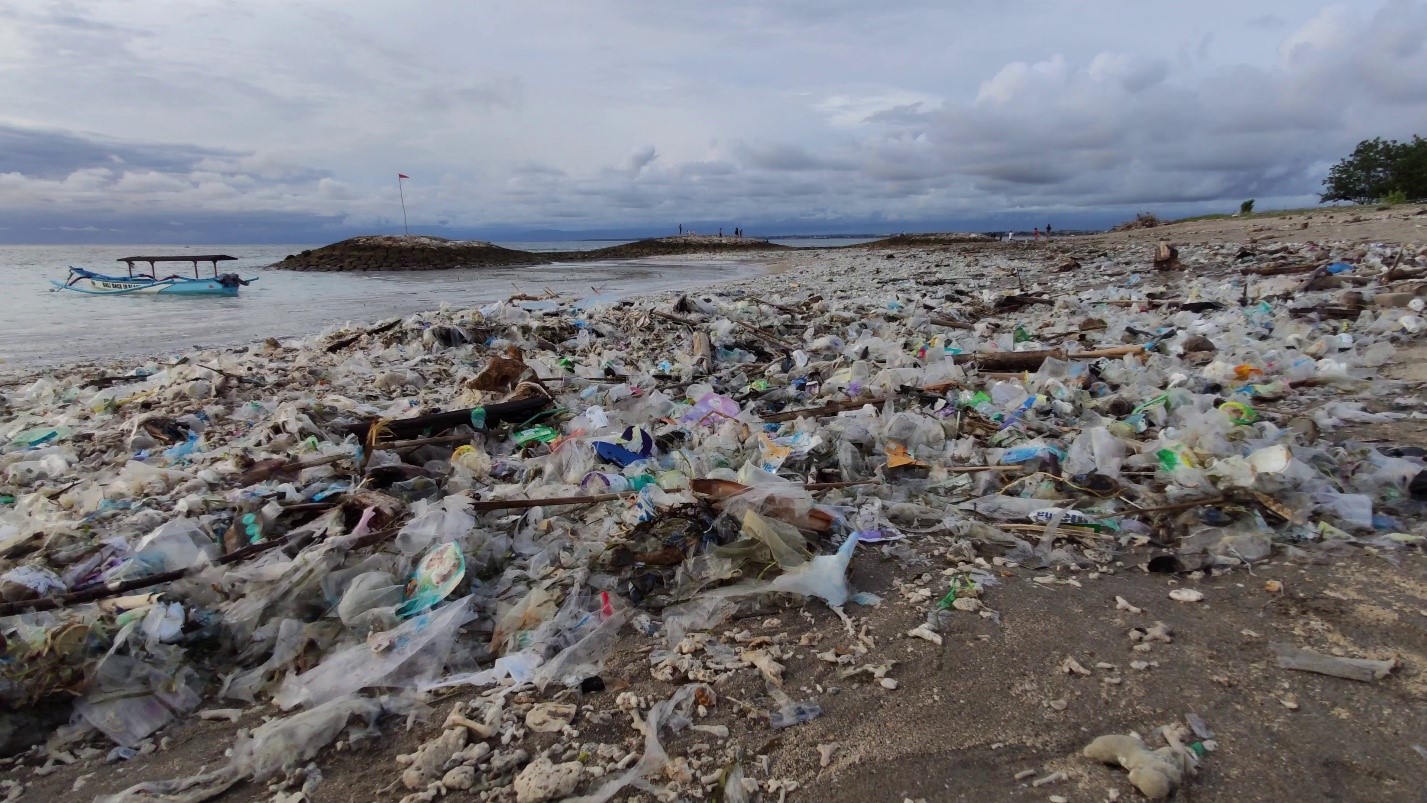
Goal 15: Life on Land
UNEP leads efforts to restore ecosystems, combat desertification, and halt biodiversity loss. It supports reforestation, sustainable land use, and wildlife protection, helping countries preserve their natural heritage.
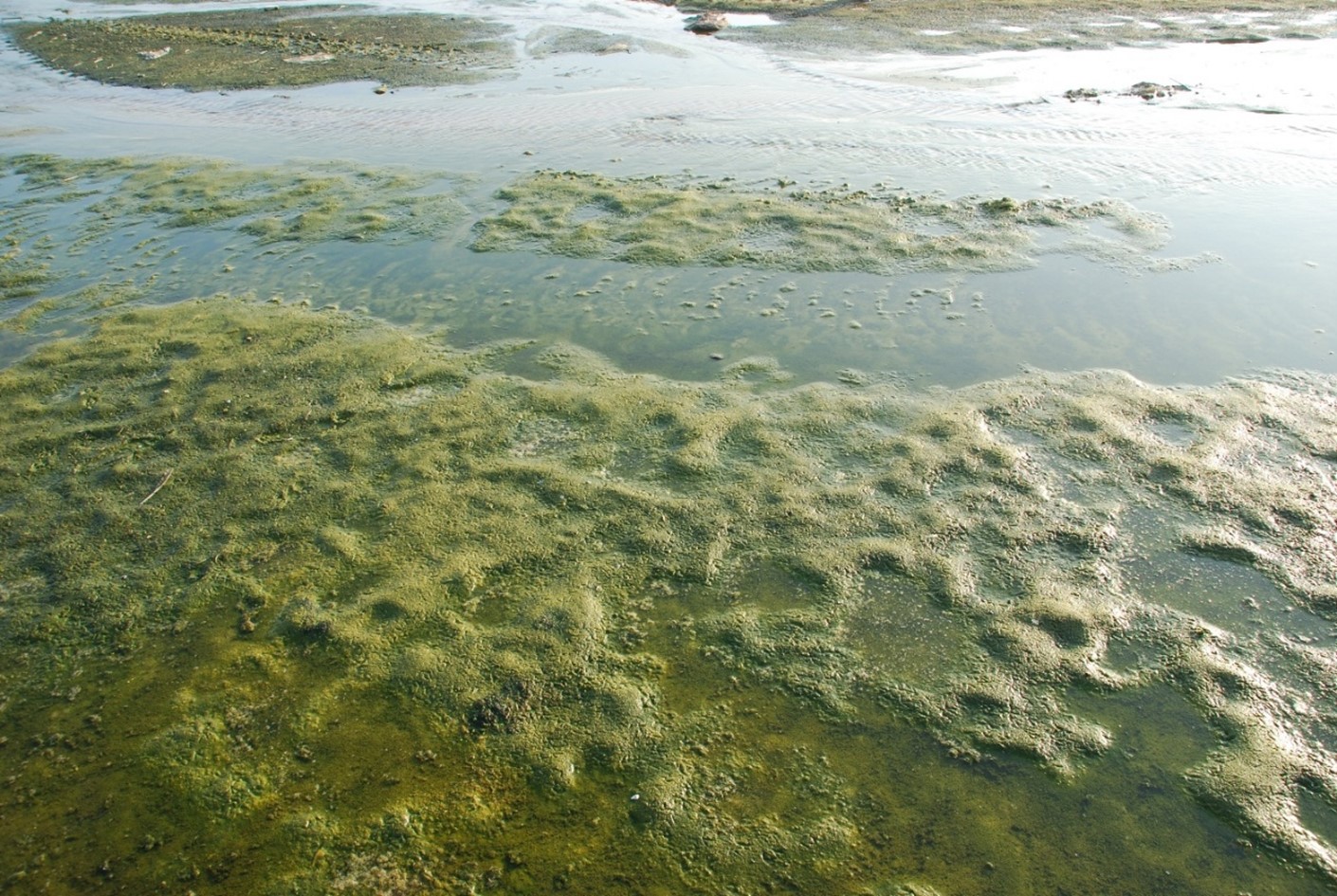
Goal 16: Peace, Justice, and Strong Institutions
Environmental degradation can fuel conflict. UNEP promotes environmental governance, transparency, and rule of law. It helps countries build institutions that manage natural resources fairly and peacefully.
Goal 17: Partnerships for the Goals
UNEP emphasizes the importance of global partnerships to achieve the SDGs. It collaborates with governments, civil society, academia, and the private sector to mobilize resources, share knowledge, and scale up solutions.
UNEP’s Cross-Cutting Role for 24 SDG Indicators
UNEP is the custodial agency for 24 SDG indicators, meaning it monitors progress and provides data to guide policy decisions. It also helps countries build the capacity to collect and analyze environmental data, ensuring that decisions are evidence-based and inclusive. One of UNEP’s most powerful contributions is its ability to connect the dots—linking climate, biodiversity, pollution, and human well-being. Its work addresses the triple planetary crisis: climate change, nature loss, and pollution. Tackling these challenges simultaneously is essential to achieving all 17 goals.
Progress and Challenges in 2025
While progress has been made, many countries still face barriers such as limited funding, outdated data, and weak institutions. UNEP continues to advocate for increased support to least-developed countries, landlocked developing nations, and Small Island Developing States, which are often the most vulnerable.
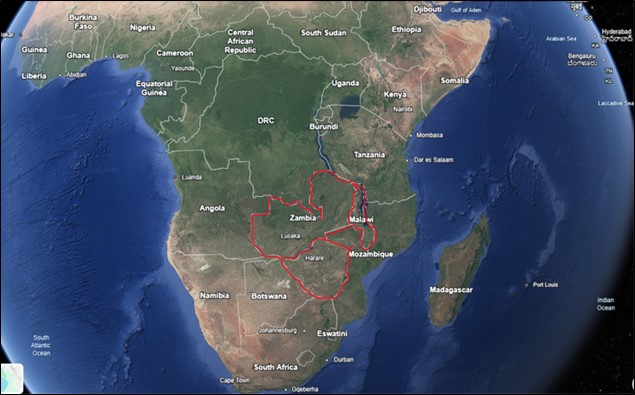
UNEP also stresses the importance of high-quality data. In 2021, 150 countries reported implementing national statistical plans, but funding for data collection remains stagnant in many regions. Without accurate data, it’s difficult to track progress or design effective interventions.
The Future of Humanity on Planet Earth: A Call to Action
The 2030 deadline is rapidly approaching, and the world must accelerate its efforts. UNEP calls on all stakeholders—governments, businesses, communities, and individuals—to take bold action. Whether it’s reducing emissions, protecting biodiversity, or promoting sustainable lifestyles, every contribution counts. All human beings and their efforts toward UNEP’s 17 SDGs matter. UNEP’s vision is clear: A WORLD WHERE PEOPLE AND NATURE THRIVE TOGETHER is paramount for the future of mankind. By advancing the 17 SDGs, UNEP is not just protecting the environment—it’s building a foundation for peace, prosperity, and resilience. The 17 Sustainable Development Goals are more than just targets—achieving them represents a moral imperative toward peace for every man, woman, and child; and a strategic roadmap toward livability on the only planet we’ve got. UNEP’s work is indispensable in turning these goals into reality. As we navigate the challenges of the 21st century, UNEP reminds us that sustainability is not a luxury—it’s a necessity. If you’re inspired to take action, consider exploring UNEP’s resources, joining local environmental initiatives, or simply making more sustainable choices in your daily life. Of course, in a democratic society, your belief in UNEP’s 17 SDGs requires voting accordingly. The future is ours to shape—and UNEP is helping to lead the way. The involvement of just one person strengthens the means of implementation and revitalizes the global partnership for sustainable development.
Achieving the ambitious targets of the 2030 Agenda requires a revitalized and enhanced global partnership that brings governments, civil society, the private sector, the United Nations system and other actors together for one noble, even existential, cause. Meeting implementation targets, including the raising of necessary funds, is key to realizing the Agenda, as is the full implementation of the Addis Ababa Action Agenda*. Increasing support to developing countries, in particular the least developed countries, landlocked developing countries and small island developing nations is fundamental to equitable progress for all.
Stronger partnerships will contribute to environmental protection and sustainable development by mobilizing resources, sharing knowledge, promoting the creation and transfer of environmentally sound technologies, and building capacity. There is tremendous scope for making the existing financial system more sustainable by integrating the environment dimension.
Growing cooperation among multilateral organizations, donors and the private sector is needed to provide developing countries and beneficiaries with technologies that increase efficiency the use of natural resources, generate low waste, prevent generated pollution at its source, and mitigate climate change.
- Learn more about SDG 17
- The Sustainable Development Goals Extended Report 2024
*The Addis Ababa Action Agenda (AAAA) is a comprehensive framework adopted in 2015 to support financing for sustainable development and the implementation of the Sustainable Development Goals (SDGs). It was adopted during the Third International Conference for Development, and held in Addis Ababa, Ethiopia from July 13-16, 2015. It was a significant milestone in global development, bringing together 193 UN member states, along with various stakeholders, to address the financing needs for sustainable development post-2015. The AAAA aims to mobilize financial resources and create an enabling environment for sustainable development. Its key objectives include:
- Mobilizing Financial Resources: The agenda emphasizes the need for increased investment in sustainable development, including public and private financing, domestic resource mobilization, and international cooperation.
- Strengthening Global Partnerships: It calls for enhanced collaboration among governments, international organizations, civil society, and the private sector to achieve SDGs.
- Addressing Inequality: The agenda recognizes the importance of reducing inequality and ensuring that no one is left behind in the development process.
The implementation of the AAAA is complex, involving national and international commitments. It established mechanisms for monitoring progress, including the ECOSOC Forum on Financing for Development and the Inter-Agency Task Force on Financing for Development, which reports annually on the progress made towards achieving UNEP’s SDGs.
The AAAA is crucial for aligning financing flows with economic, social, and environmental priorities. It serves as a foundational framework for UNEP’s 2030 Agenda for Sustainable Development, complementing and contextualizing the means of implementation targets outlined in the SDGs.